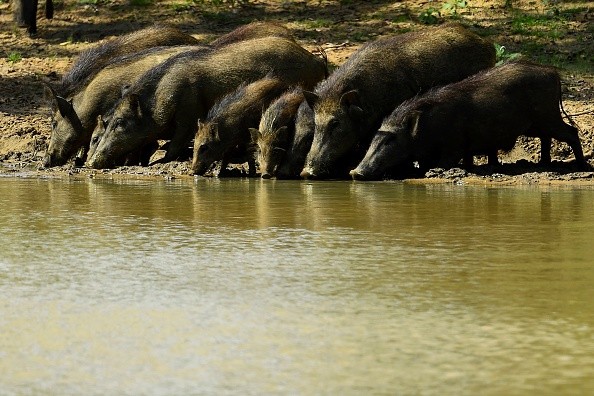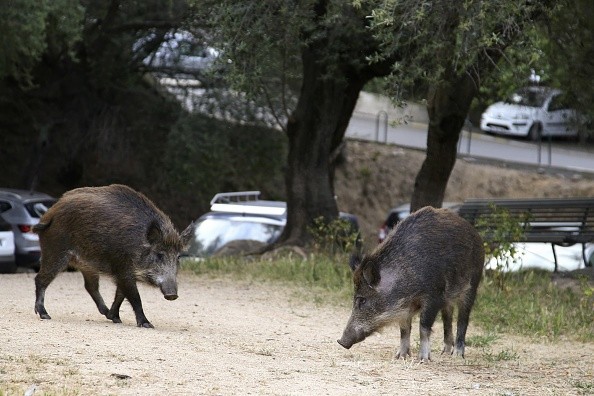With no nationally coordinated science-based containment plan in place and limited provincial resources, wild pigs are rapidly spreading throughout Western Canada.

Unregulated Increase in Wild Pig Population
Brook joined USask in 2010 and is among the few experts studying the unregulated expansion of this destructive and mysterious invasive species.
Brook and his graduate students and volunteers with the USask-based Canadian Wild Pig Research Project have been tracking increased wild pig sightings across the Prairies with limited resources.
Feral pigs have been detected in Prairies and have been sighted in 80 percent of Saskatchewan's 296 rural communities, according to Phys.org.
Brook, an associate professor in the Department of Animal and Poultry Science in the College of Agriculture and Bioresources at USask, stated they have big database of more than 60,000 individual wild pig occurrences throughout Canada.
Wild pigs have gone as far as British Columbia and Ontario, and Parks Canada recently reported that they have been observed in a national park for the first time, at Elk Island National Park east of Edmonton. It's just a matter of time, according to Brook, until they encroach on Prince Albert National Park and other prized and vulnerable-environmental preserves.
Economic Impact of Wild Pigs
The wild pig crisis started innocently enough in the late 1980s, when a few Canadian farmers brought wild boars from Europe to raise for meat, with the majority interbreeding with domestic pigs.
When the boar meat market dried up, some were released, while others escaped owing to poor fencing and have been spreading and breeding uncontrollably for decades (averaging six litters every six months), destroying crops, poisoning streams, and wreaking havoc on delicate ecosystems.
Wild pigs, which may weigh up to 600 pounds and have razor-sharp tusks, have been known to attack people, including a Texas lady slain in her driveway two years ago. Brook also mentioned a significant spinach recall in California owing to E. coli contamination, which was linked to wild pigs polluting a field and posing a health danger.

How Can This Invasive Species be Eradicated?
The main issue, according to Brook, is that they are not aware of how big of a problem feral pigs have become. Ruth Aschim, Brook's current Ph.D. student, recently conducted the country's first and only scientific assessment of wild pig growth, which was published in Nature Scientific Reports.
According to Brook, if Canada is serious about pigs and wants to eradicate or at least regulate them, it will need statistics to reveal if it is succeeding or if the situation is worse. He claimed that scientists just do not know the population figures.
Brook, who called the unchecked proliferation of wild pigs an "ecological trainwreck," believes it will take a big economic disaster or significant environmental harm to spur action.
"I believe that a lot of my work with my research team has really been about collecting data and preparing for a big crisis, and hopefully it's not a major disease outbreak," said Brook.
"That is a serious worry. African swine disease is a huge issue, and it would be devastating to our economy if it spreads."
Related Article : Wild Pigs Contribute As Much CO2 Emissions Than 1.1 Million Cars
For more news, updates about wild pigs and similar topics don't forget to follow Nature World News!
© 2025 NatureWorldNews.com All rights reserved. Do not reproduce without permission.





